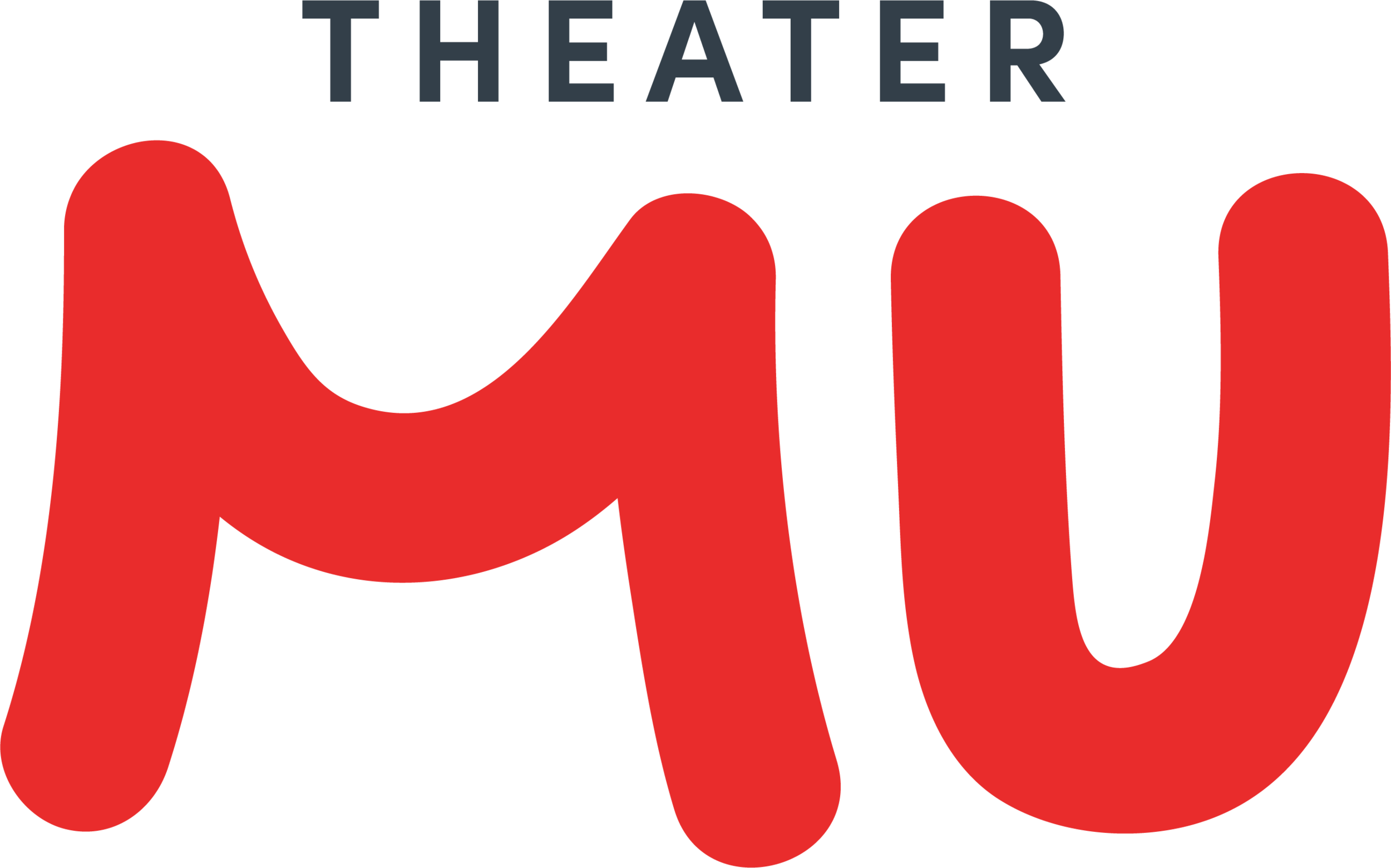Lighting Up Reality: A Conversation with Erik Paulson
Watch the clip for an inside look at how Erik Paulson designed the lighting for a rock and roll number in AGAIN.
According to Again lighting designer Erik Paulson, "When you start a play, you set the rules for the audience." However, from his first introduction to Again, he saw how Katie Ka Vang and Melissa Li's story intermingled points in time and place, doubling back on each other and expanding beyond what we think is possible. How, then, does a creative team set these rules?
In discussion with director Nana Dakin, she and Paulson identified three distinct realities in Again: mundane reality, nostalgic memory, and fantastical dream. However, as Paulson ideated on how to light the three worlds, he ran into more questions. What of the transitions between these realities? How can we create a cohesive lighting design while accommodating wildly different musical numbers?
As Paulson says, “There are three realities, but there are lots of shades of everything.” And it was in these shades of reality that the world of Again came to life.
Moving from the mundane
The mundane world of the play largely consists of Mai See’s apartment and the bookstore she works at. For these moments, Paulson used light to reflect the real world—the way daylight filters in through a window, how shadows move, and how the temperature of light changes throughout the day. As scenic designer Alice Endo created the interior spaces of the play, Paulson decided how light would affect the space. For example, which would fit the mood better: northern light exposure, which creates a cooler light, or southern exposure, which casts long and dramatic shadows? Paulson brought in another touch of reality by simulating light through window blinds, the shape of which might be cast onto the stage or across a character’s face. He designed this effect using gobos, a stenciled circular disk inserted into a lighting fixture to project a pattern on the stage.
These blinds shadows prove instrumental in the transitions between realities as Again shifts to the world of memories and nostalgia. The creative team had concerns about conveying the shift to the past, but Paulson found a way to visually rewind time. Watchful audience members may notice that as real-time scenes go on, the shadow of the blinds crosses from left to right. This movement both reflects the literal movement of the sun but also our traditional, linear idea of time’s progression. Then, as Again dives into the memory scenes, Paulson reverses the movement of the gobo lights, sending the blinds back across the stage, this time from right to left.
A new filter
Now that the audience is in the past, Paulson changes the color and dimension of the world, as well. In these scenes, he uses yellow and orange light, as well as sepia texture on the walls, to create a tone reminiscent of film photographs and faded family albums. Meanwhile, the stage's front light is moved to a lower position, which Paulson says flattens out the actor’s form, making it more akin to a two-dimensional photograph or old film.
Finally, there is Again’s fantastic reality of dreams. To lush beaches and beyond, Paulson endeavors to transport the audience to the extraordinary through light. For this world, he leaned into pinks, blues, and purples and referenced images capturing moments of magic and the possibility of dreams. Whether it be a bright blue sky behind the actors or what he calls “swirling nebulas” on the walls, the audience will be in a reality quite unlike their own. In one scene, Paulson worked with the costume designer, Khamphian Vang, who implemented large reflective surfaces on an actor’s costume. By beaming lights straight at the costume, Paulson intentionally bounces light off of it, so parts of the environment are lit “almost like a disco ball.” As he says, “I threw everything I had at it to make it look as trippy as possible.”
Whatever reality Again finds itself in, this world premiere musical remains heartfelt and hilarious. See how Paulson's lighting, Endo's scenic design, and more all come together for yourself, now through Apr 16. While all performances are sold out, standby seating is available at every show.
Production photos feature scenic design by Alice Endo, properties design by Kenji Shoemaker, lighting design by Erik Paulson. Photos by Rich Ryan



